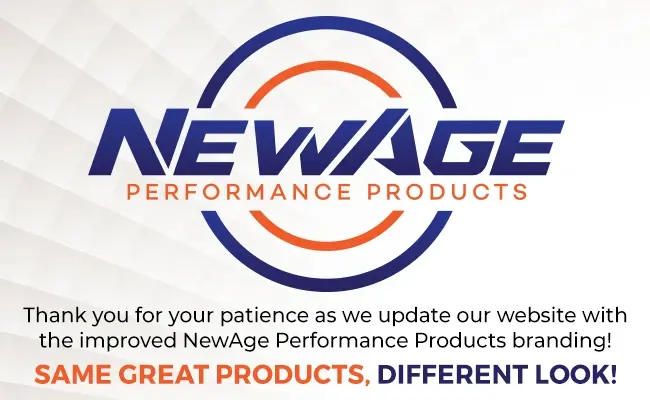In this blog, we explore four common myths about clamps.
Myth 1: Clamps are always easy to install.
Usually, they are. But some need to be installed with tools, and they’re not always common tools like screwdrivers. Some clamps, like Oetiker® ear type clamps, are best installed with pincers made specifically for Oetiker clamp installations; they make for a much faster installation than ordinary pliers. Also, care should be taken with how much Oetiker clamps are tightened. They’re known as breathable clamps and are designed to expand and contract as needed.
Myth 2: Most clamps require a tool for installation.
Some clamp styles are quite easy to install with nothing more than a pair of hands. Take a Kwik Clamp™ for example, NewAge’s brand of a double bond hose clamp. Step 1: Place the clamp in position. Step 2: Squeeze it closed with your hand, and you’re done. You need to ensure that the clamp is closed enough to effectively do its job of securely holding the connector and the tubing together, but it’s a very simple installation.
Myth 3: It doesn’t matter what kind of clamp material you use.
Yes, it does. Often the tubing or hose material and your application will justify the material of the clamp. For instance, if you’re using silicone tubing, which is soft, it’s unlikely that you’ll want to use a heavy-duty metal clamp because of its potential for sharp edges that could cut into the tubing and lead to a leak. Tubing that’s more durable, like polyurethane, can handle both metal and plastic clamps.
Myth 4: Every fitting connection needs a clamp.
Not true! Push-to-connect and compression fittings, normally used with stiffer/harder tubing like nylon or polyethylene, do not require clamps per se. The internal ferrules of these types of fittings provide the grip strength needed for the connection. There are even some barbed fittings that do not require clamps, although it depends on the fitting style, the type of tubing or reinforced hose being used, and the application, i.e., certain low-pressure applications.
Some types of hose, such as NewAge’s Nylobrade® Push-On PVC hose, are designed to better grip a barbed fitting, so a clamp may be unnecessary. Of course, field testing should be performed to determine suitability without clamps. In contrast, it is sometimes recommended that two clamps, placed in opposite directions, be used with critical applications to ensure a more secure fitting-to-tubing connection.
Explore NewAge’s variety of clamps – Oetiker ear type, Kwik Clamp nylon double bond, stainless steel worm gear, and pinch clamps – and if you have questions, please give us a call at 215-526-2300 or contact us by e-mail at info@newageindustries.com.


